Have you ever stopped to think about all the parts of a mailbox that make it more than just a simple container for your mail? From the mailbox post to the red flag and other components, a mailbox has more to it than meets the eye.
In this quick post, we take a closer look at the various components that make up a mailbox, including its practical features and unique quirks. Keep an eye out for some handy maintenance tips ― we’ll throw in a few of those as we go along.
Mailbox Door or Lid
The mailbox door serves as the access point where mail carriers deliver your mail and where you retrieve it. The lid also protects the mailbox’s contents.
Depending on the mailbox’s design, the door can either be hinged, like the door of a traditional post-mounted mailbox, swinging open to access the mail inside, or it can slide open horizontally, as in the case of modern wall-mounted mailboxes, which provide easy access to your mail.
Maintenance-wise, it’s important to make a habit of regularly inspecting the door for any damage or signs of wear. Remember to lubricate hinges or sliding mechanisms as needed to keep them working smoothly ― your mailbox will thank you!
Mailbox Lock and Key
The lock and key system is an optional feature that enhances the security of your mailbox, safeguarding your mail from theft or tampering.
While some mailboxes, like the Mail Boss High-Security mailbox, come with state-of-the-art security features to completely safeguard your mail, others may have simple locking mechanisms.
And if you have no need for a lock and key feature ― perhaps you don’t get sensitive documents in the mail ― there are tons of good-quality non-locking mailboxes to choose from.
To maintain the security of your mailbox, periodically check the lock for any signs of tampering or damage, and don’t forget to lubricate the lock cylinder to prevent it from sticking.
Mailbox Post

A mailbox post is the vertical support structure that keeps the mailbox off the ground. Its primary purpose is to provide stability and visibility for the mailbox.
These posts come in all sorts of materials, like wood, metal, and plastic, each offering different aesthetics and durability. Regardless of which material you go for, ensure that its placement complies with USPS regulations.
And remember to inspect it often to make sure it is firmly anchored in the ground. If the post shows signs of weathering, consider repainting or replacing it.
Mounting Bracket
Ever wondered why some post-mounted mailboxes have arms or brackets extending from the post? Those are mounting brackets, and besides providing extra stability, they can kick up your mailbox setup, especially with decorative options.
Support Braces
Support braces are additional structural elements that provide stability. You might want to get these along with a sturdier post to prevent your mailbox from leaning or falling over. While some support braces can have decorative elements, they’re typically more utilitarian in design.
To maintain the support braces, check them for signs of rust or damage, especially if you live in areas with harsh weather conditions.
Mailbox Cover
In addition to providing a little extra shield, mailbox covers give your mailbox a personal touch. They are usually made from tough, weather-resistant materials like vinyl or fabric, and you can find them in all sorts of designs, including festive ones and fully customizable options.
To keep your mailbox cover looking great, just give it a regular check, clean it when needed, ensure it fits snugly, and consider seasonal options for extra protection.
By the way, if you’d prefer to give your mailbox a personal touch through painting rather than covering it, check out this straightforward guide on how to paint your metal mailbox. It’s a fun DIY project that can make your mailbox uniquely yours!
Newspaper Holder
A separate compartment for newspapers makes it super convenient to keep your daily news well-organized.
Besides making sure that your newspapers stay dry on rainy mornings, this feature also prevents them from mixing up with your letters, so you can grab your paper without any fuss.
Plus, a newspaper holder is a little extra touch that keeps your mailbox setup tidy and efficient.
Mailbox Flag
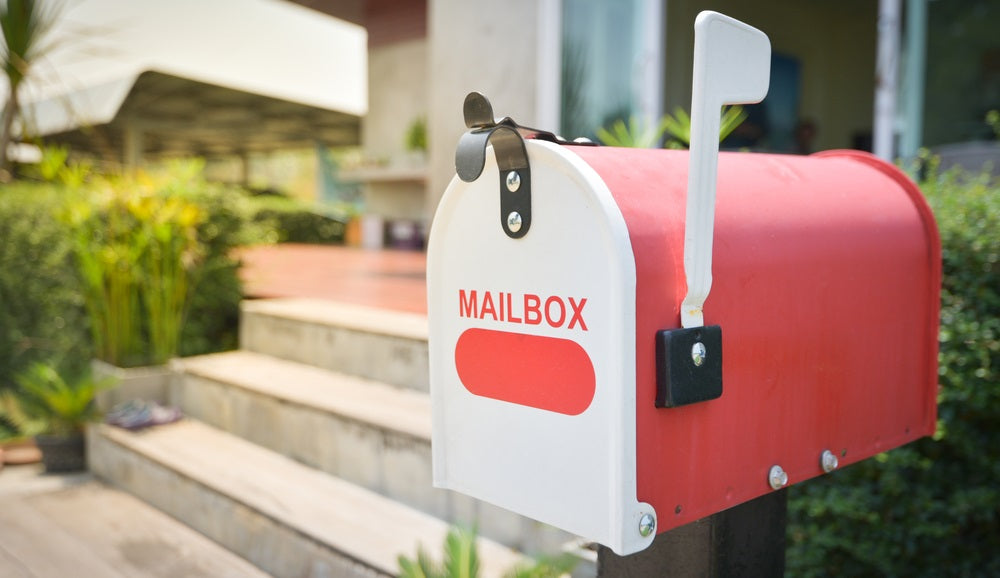
While it is one of the smallest parts of a mailbox, the flag serves a simple yet crucial function: it can be raised to signal postal workers that there’s outgoing mail to be picked up and lowered to indicate that your mail has been collected.
Flags come in various shapes and sizes, and some are more visible than others.
To maintain your mailbox flag, regularly check its condition to ensure it is visible and functions correctly.
Mailbox Base
The mailbox base is typically small, but it is one of the vital parts of the mailbox, particularly surface mount options. It serves as the foundation, connecting the mailbox to the post or bracket and making the support system stronger.
Bases come in various materials and styles, allowing you to match them to your mailbox’s overall look.
To keep your mailbox base in tip-top shape, regularly check for stability, and don’t hesitate to repair or replace it if you spot wear and tear.
Address Plaque or Numbers
Mailbox address plaques or numbers are the visible markers on your mailbox that display your house number or address. They make it easier for mail carriers and visitors to locate your home.
Address plaques and numbers come in various fonts, sizes, and materials, allowing you to choose the style that suits your preferences. In terms of maintenance, periodic cleaning or repainting of the numbers or plaque is important to ensure continued visibility.
Mailbox Post Cap
The post cap is a decorative element that adds an aesthetic touch to your mailbox setup. Caps can come in various shapes and designs, allowing homeowners to personalize their mailboxes. Don’t forget to inspect the cap for wear and replace it if it becomes damaged or loses its appeal.

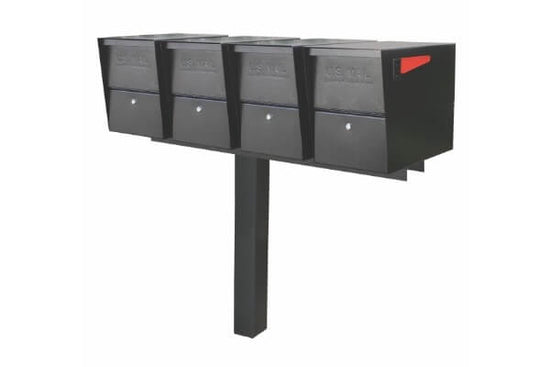
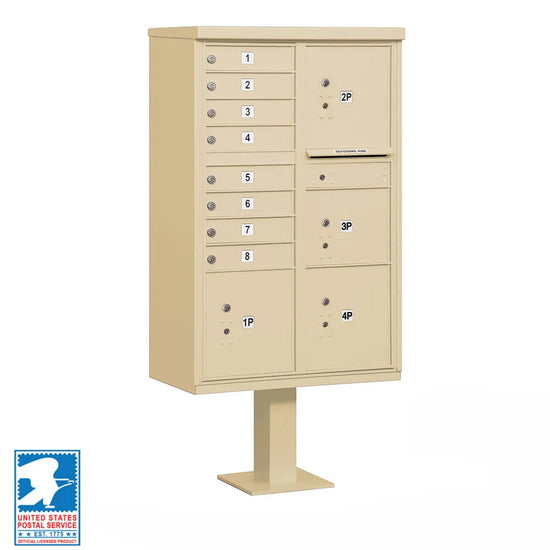
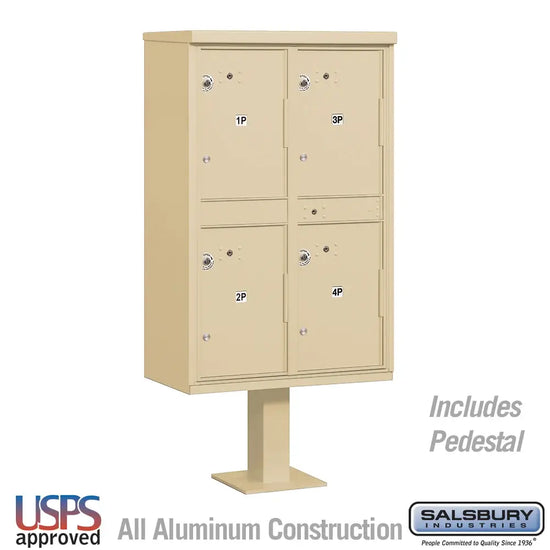
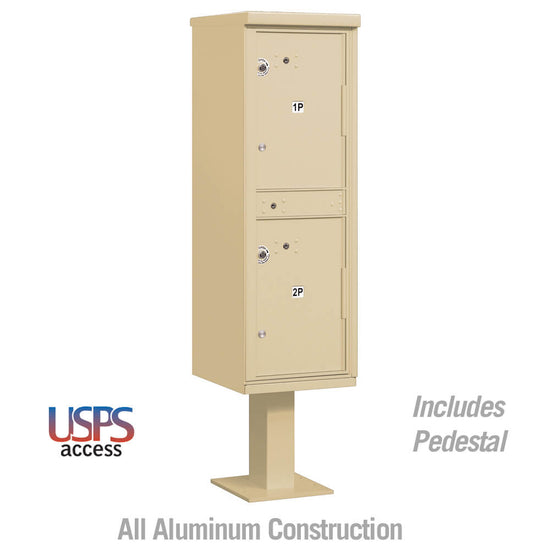
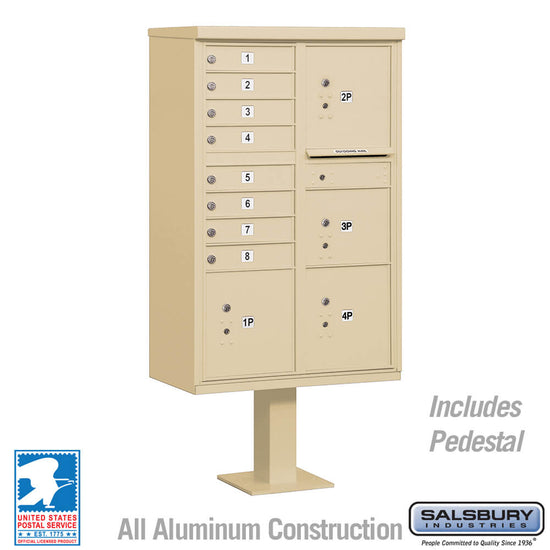





1 comment
Deb
Thx – needed to know what I now know is newspaper compartment :)